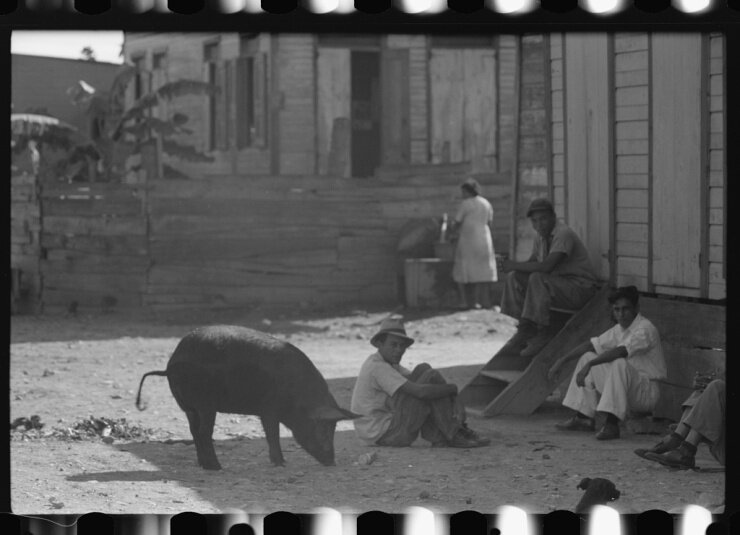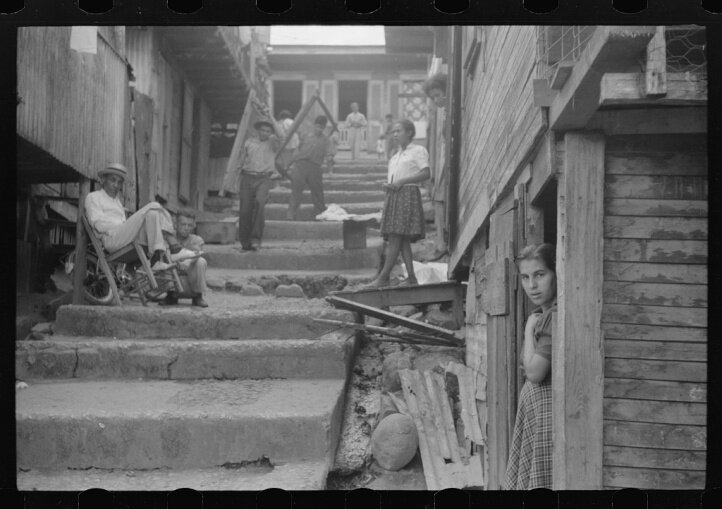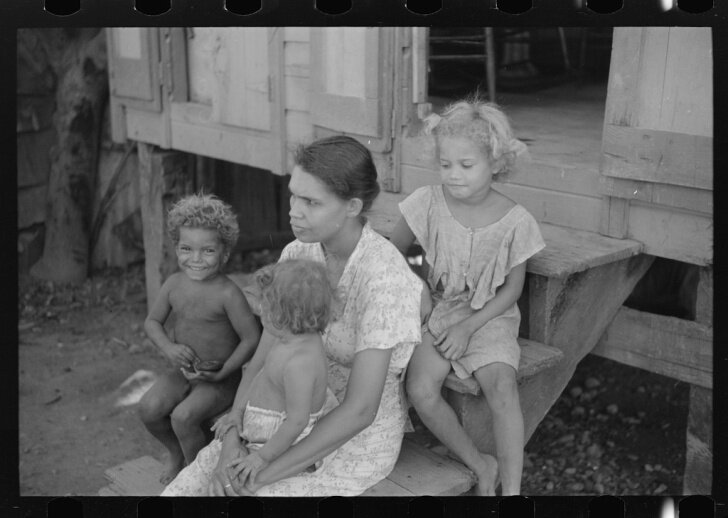Puerto Rican Vanilla
Vanilla doesn’t come to mind when you think of Puerto Rico. Yet the history of vanilla is intricately tied to the history of the island.
Mexico’s Totonac are the first known cultivators of vanilla. When the Totonac were conquered by the Aztecs, they gifted vanilla to the Aztec kings in the same way gold and maize were gifted by other tribes.
Hernán Cortes later introduced vanilla to Europe in the 1500’s and in the 1800’s Thomas Jefferson popularized the flavor in the U.S. after enjoying vanilla ice cream in France. The French, in turn, introduced vanilla to its colonies, including Madagascar.
Today, vanilla is the second most expensive spice in the world (after saffron) and is cultivated globally. New markets and flavor profiles are emerging across the tropics.
In 1909, the U.S. Federal Experiment Station introduced commercial species of vanilla to Puerto Rico.
The Federal Experiment station (now known as USDA’s Tropical Agriculture Research Station or TARS) in Mayaguez, Puerto Rico
By the 1930’s, the Station was a major research center for vanilla propagation, hybridization, maintenance, and harvest.
This document outlined the adoption of vanilla as a supplement to tobacco, coffee, and bananas (Childers and Cibes 1948)
The 1930’s were a tumultuous time for both the U.S. and Puerto Rico. In the U.S., drought conditions exacerbated the economic impact of the Great Depression. In Puerto Rico, some of the strongest hurricanes on record destroyed agriculture, in part leading to economic collapse.
Jack Delano’s photographs (Library of Congress) capture the poverty and conditions in Puerto Rico during this era.
To stimulate economic development and employment, the Roosevelt administration created the Federal Emergency Relief Administration in 1934 (later called the Puerto Rico Reconstruction Administration).
This program supported, among other projects, the development of commercial vanilleries in the mountains of Puerto Rico and TARS played a central role in helping farmers adopt vanilla as a minor agricultural enterprise.
At the Cooperative of Vanilla Growers in Castaner, Puerto Rico. Photograph from Childers and Cibes 1948.
In 1947, however, Operation Bootstrap (Operación Manos a la Obra) was enacted under the Law of Industrial Incentives (Ley de Incentivos Industriales) which gave generous tax exemptions to industrial factories in Puerto Rico.
At first, people were hesitant to work in the factories, so large campaigns painted agricultural work as dirty to attract rural workers to textile industries.
And these campaigns worked. Agriculture was abandoned.
J. Delano, Library of Congress
By 1950, financing for vanilla production ended and this tropical orchid became unattractive to maintain.
Puerto Rico, once entirely dependent on agriculture, is now almost entirely dependent on food imports.
Today, Puerto Rican vanilla extract can be found at specialty shops.
It’s synthetic.
How much would you pay for real vanilla beans from Puerto Rico?
The market price of vanilla beans is currently sitting at $200/kilogram up from $20/kilogram in 2010.
This surge has been fueled by drought in Mexico and Tahiti. By early picking and vacuum packing green, uncured vanilla in Madagascar (producing an inferior bean). And even by bean theft.
The price surge has also been fueled by increased demand from the “natural” foods movement. Large manufacturers are leaving synthetic vanillin behind.
Agricultural enterprises in Puerto Rico are predicted to grow over the next decade.
Maybe we will see Puerto Rican vanilla again.










